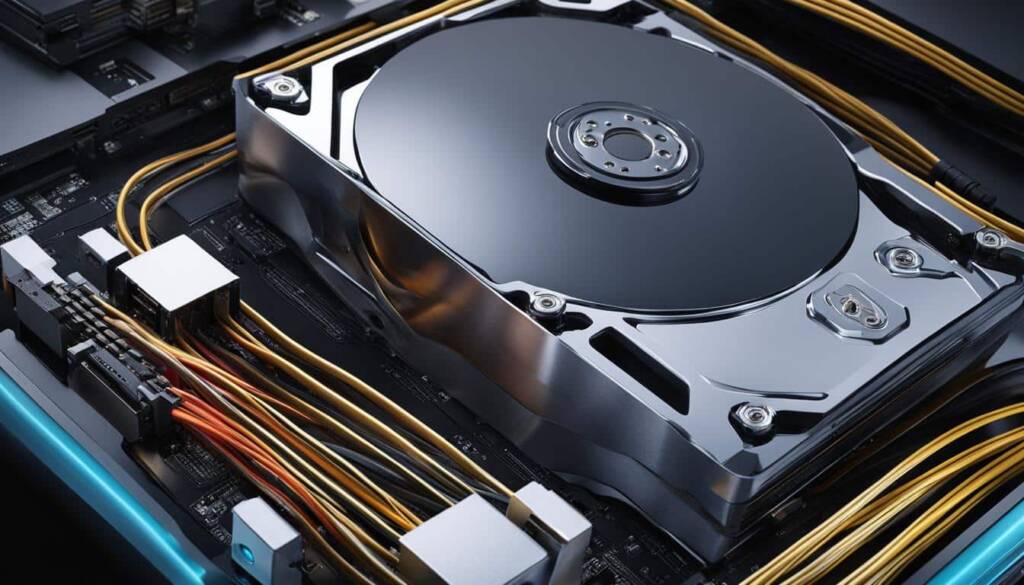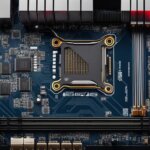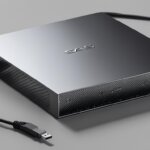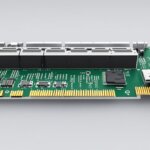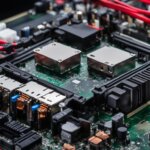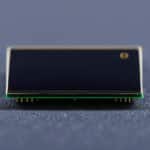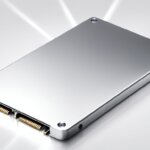Table of Contents
When it comes to data storage solutions and server performance, SAS drive technology plays a vital role. But what exactly is SAS (Serial Attached SCSI) drive technology, and how does it differ from other options?
SAS drives are commonly used in servers and processing-heavy workstations to ensure optimal performance and reliability. They offer faster data transfer rates and superior error recovery capabilities, making them ideal for critical applications.
Unlike SATA (Serial ATA) drives, which are more suited for desktop file storage, SAS drives are designed for enterprise environments where performance and data integrity are paramount. These drives are equipped with advanced features and functionality to meet the demanding requirements of server applications.
Understanding the Components of SAS Drive Technology
Before delving deeper into SAS drive technology, it’s important to familiarize ourselves with the key components of a computer system.
The motherboard is the central hub where all the essential hardware, such as the CPU (Central Processing Unit) and GPU (Graphics Processing Unit), are connected. The CPU governs the entire system and issues instructions, while the GPU is responsible for creating the visuals displayed on the computer monitor.
Storage, located on the outskirts of the motherboard, is where data is stored. Connectors act as the roads that link different components together, ensuring smooth data flow. Binary code, a language composed of 0s and 1s, is spoken in the computer system, and each file is made up of bytes, which are electric pulses represented as 0s and 1s. The computer bus is a superhighway that connects different parts of the system, including the motherboard and storage, where SAS and SATA drives come into play.
Differences Between SAS and SATA
While both SAS and SATA drives enable data transfer between the motherboard and storage, they have significant differences that make them suitable for different use cases.
SAS drives utilize parallel communication, which allows for faster data transfer rates and multiple data paths simultaneously. This makes them ideal for high-performance applications that require rapid access to large amounts of data.
SATA drives, on the other hand, use serial communication and are more cost-effective. They offer larger storage capacities and are commonly used for desktop file storage, where speed and performance are not the primary concerns.
In summary, SAS drive technology provides robust data storage solutions for servers and processing-heavy workstations, ensuring optimal performance and reliability. SATA drives, on the other hand, are better suited for personal computers and desktop file storage due to their cost-effectiveness and larger storage capacities.
Understanding the Components of SAS Drive Technology
To understand SAS drive technology, it is important to familiarize ourselves with the key components of a computer system. Let’s dive into each component and gain a deeper understanding of their role in SAS drive technology.
Motherboard
The motherboard acts as the central hub of the computer system, connecting all the essential hardware components together. It provides the necessary interfaces and connectors for different devices to communicate with each other. The motherboard plays a crucial role in enabling the smooth operation of SAS drives.
CPU
The CPU, or Central Processing Unit, is often referred to as the brain of the computer. It carries out instructions and performs calculations, making it responsible for the overall system performance. In the context of SAS drive technology, the CPU plays a vital role in managing data transfers between the motherboard and the storage drives.
GPU
The GPU, or Graphics Processing Unit, is responsible for rendering graphics and images on the computer monitor. While SAS drive technology is primarily focused on data storage, the GPU contributes to the overall system performance, especially in applications that require intense visual processing.
Storage
Storage refers to the physical devices where data is stored, such as hard disk drives (HDDs) and solid-state drives (SSDs). In the context of SAS drive technology, having efficient and reliable storage is crucial for optimal performance and data management.
Connectors
Connectors serve as the pathways that connect various components together. They are made of metal wires, allowing for the smooth flow of electricity between different parts of the computer system. In the context of SAS drive technology, connectors are responsible for establishing the necessary connections between the motherboard, storage devices, and other peripherals.
Binary Code and Bytes
Binary code is the language of computers, composed of 0s and 1s. It represents the mathematical language that computers understand and use to process and store data. Each file, whether it’s a document, image, or video, is made up of bytes. Bytes are units of data storage, represented by electric pulses, with each pulse being either a 0 or a 1.
Computer Bus
The computer bus can be seen as a superhighway that connects different parts of the computer system, including the motherboard, storage devices, and other peripherals. It enables the transfer of data between these components and plays a crucial role in the efficient functioning of SAS drive technology.
Now that we have gained a better understanding of the key components involved in SAS drive technology, we can proceed to explore the differences between SAS and SATA in the next section.
Differences Between SAS and SATA
Both SAS and SATA utilize serial communication, which means data can be transmitted in both directions between the motherboard and storage. In the past, parallel communication was used, with separate cables for incoming and outgoing data. However, serial communication has become the standard due to its advantages, such as smaller cables, prevention of magnetic field interference, and the ability for storage drives to queue incoming data.
The main difference between SAS and SATA lies in their physical cables. With SATA, all wires are placed within the same cable, whereas with SAS, the wires are separated into two cables. This allows for more devices to be connected using SAS.
SAS drives are typically used in servers and workstations, offering higher performance and reliability. They have faster read/write speeds and are designed to handle demanding tasks. On the other hand, SATA drives are more cost-effective and have larger storage capacities, making them suitable for desktop file storage.
Overall, SAS is preferred in enterprise environments where speed and data reliability are crucial, while SATA is commonly used in personal computers where cost and storage capacity are more important factors to consider.
FAQ
What is SAS drive technology?
SAS drive technology refers to the Serial Attached SCSI (SAS) technology used in computers for transferring data between the motherboard and storage. It is not a standalone product but rather the technology that enables data transfer.
How does SAS drive technology relate to the components of a computer system?
SAS drive technology is part of the storage component of a computer system, which also includes the motherboard, CPU, GPU, connectors, storage device, and computer bus. The SAS technology facilitates the data transfer between the storage device and the motherboard.
What are the differences between SAS and SATA?
SAS and SATA are two different technologies used for data transfer in computers. The main differences lie in their hardware, capabilities, and use cases. SAS drives are more expensive and commonly used in servers and processing-heavy workstations, offering higher performance and reliability. SATA drives, on the other hand, are less expensive and better suited for desktop file storage, providing larger storage capacities at a more cost-effective price.
How do SAS and SATA differ in terms of communication?
Both SAS and SATA utilize serial communication for data transmission between the motherboard and storage. In the past, parallel communication was used, but serial communication has become the standard due to its advantages, such as smaller cables, prevention of magnetic field interference, and the ability for storage drives to queue incoming data. The main difference lies in the physical cables, with SATA using one cable and SAS using two cables, allowing for more devices to be connected.
Which technology is more suitable for enterprise environments?
SAS drives are preferred in enterprise environments due to their higher performance and reliability. They are commonly used in servers and workstations that require processing power and data-intensive tasks.
Which technology is commonly used in personal computers?
SATA drives are commonly used in personal computers due to their cost-effectiveness and larger storage capacities. They are well-suited for desktop file storage and everyday usage.

